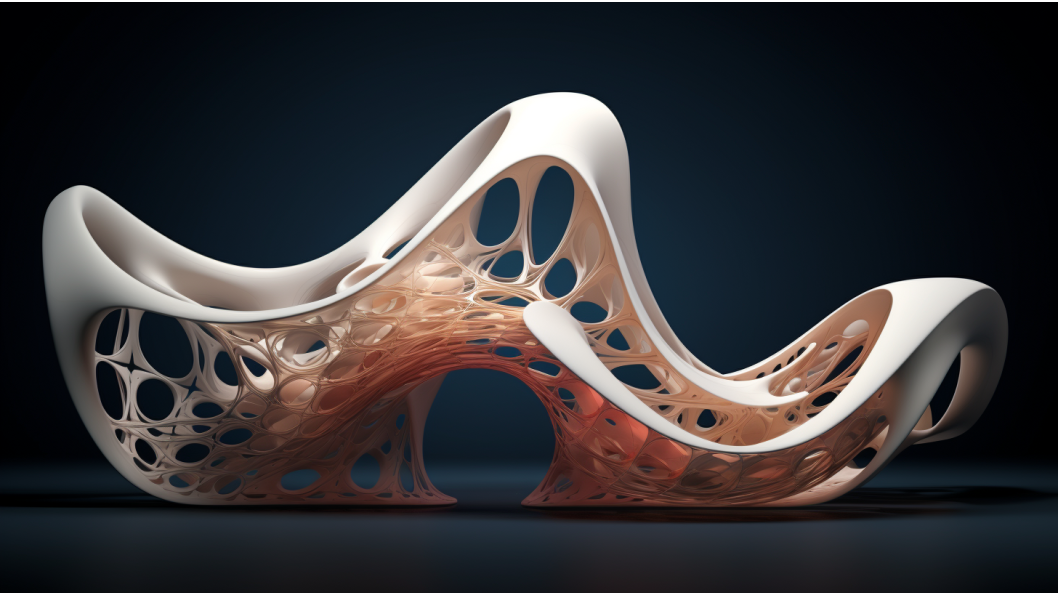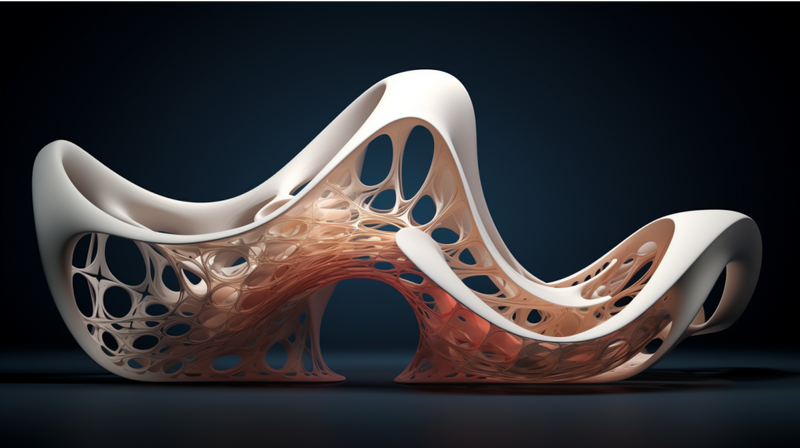Smart Design: How AI is Changing How We Create
In today's complex world of design, a major change is happening: Artificial Intelligence (AI) is no longer just a helpful tool but a central player in the creative process. The connection between technology and design has always been evolving to create solutions that blend beauty with usefulness. "Evolving parametrics" in design doesn't just mean a flexible way of working, but a revolutionary shift, paving the way for AI-integrated design processes that combine both art and computer rules.
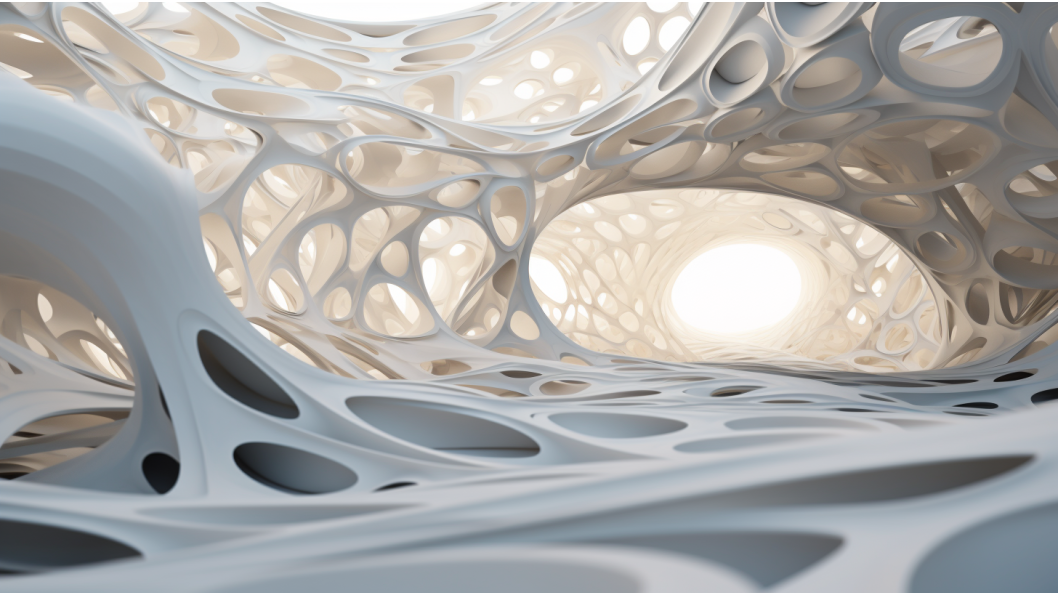
Understanding Parametric Design
To truly appreciate how AI fits into design, we first need to understand what parametric design is all about. This approach uses parameters (settings) and rules to define, encode, and express a design idea. This allows for both precision and flexibility. The complex computer programs (algorithms) enable designers to adjust sizes and shapes, automating complicated sequences of design variations using clear mathematical expressions.
AI: The Engine of New Designs
The arrival of AI revolutionizes parametric design by bringing in ways for designs to learn and adapt, going beyond just simple automation. Machine Learning (ML) and AI technologies absorb, understand, and learn from data, offering solutions that aren't just rigidly programmed or set in advance. AI can evaluate countless combinations of design settings, pushing new and innovative outcomes that might even go beyond what humans can imagine.
- Automating Repetitive Tasks: AI algorithms can significantly cut down the time spent on boring, repetitive tasks, like managing data and creating early design drafts. This allows designers to focus more on the complex and detailed aspects of the design process.
- Data-Driven Design Decisions: By analyzing past and real-time data, AI provides smart insights that help designers make more informed, data-driven decisions. This boosts how effective and impactful their designs are.
- Enhancing Customization: AI makes an unprecedented level of customization possible. It allows designs to be more personally tailored to individual client needs and preferences by processing and analyzing specific client data.
- Optimizing Resource Management: AI-integrated design tools can optimize how materials are used and how long projects take through predictive analysis and smart planning. This ensures designs are sustainable and efficient.
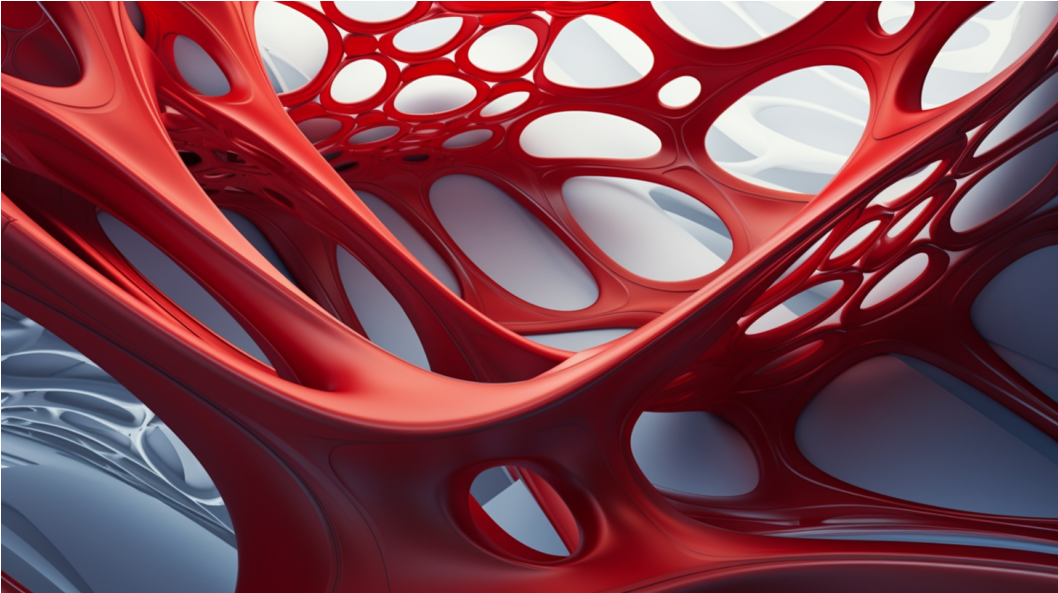
Blending Creativity and Computation
The mixing of AI with design processes opens up many possibilities, creating ways for creativity to be amplified, not stifled, through computer intelligence. This partnership creates an environment where designs are not only visually appealing but also intricately smart, showing a nuanced blend of form, function, and future foresight.
Consider architectural design, where AI algorithms can analyze many factors like climate conditions, material costs, and city restrictions. This helps generate designs that are not only beautiful but also environmentally sustainable and affordable.
Challenges and Ethical Questions
While combining AI and design fosters innovation, it also presents challenges and ethical dilemmas. Questions related to data privacy, intellectual property rights, and the potential reduction of human roles in the creative industry need careful consideration and thoughtful discussion. It's crucial to set up frameworks that ensure ethical practices, protecting both the integrity of design and societal norms.
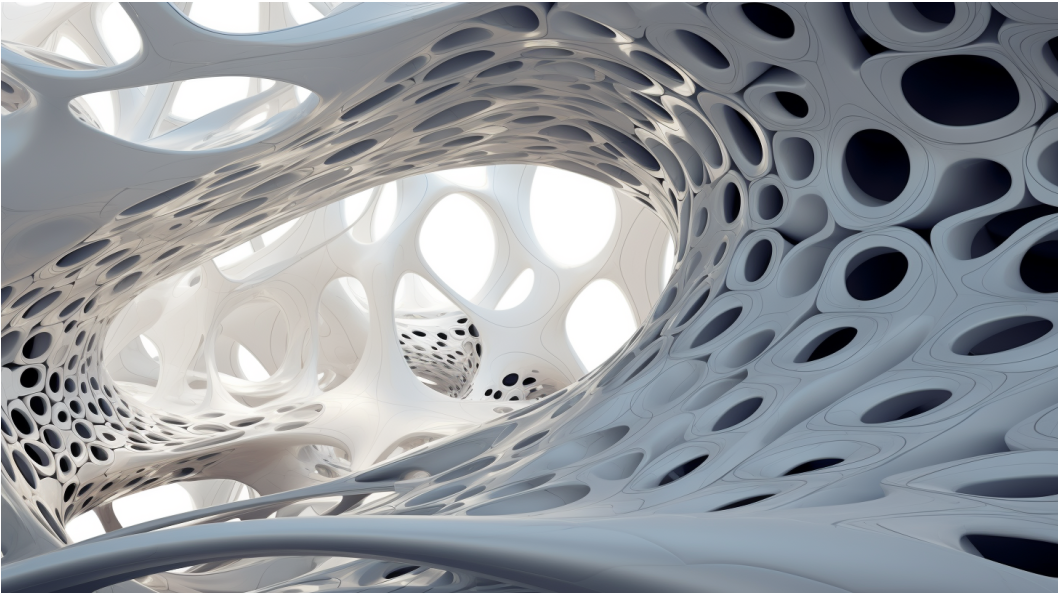
A Glimpse into the Future
The intertwining of AI into the design process isn't just a fleeting trend but a foundational shift towards creating a future where technology and creativity merge into one seamless entity. This evolution points to a future where designers aren't replaced by algorithms but are empowered by them, pushing the design field into new territories of innovation, usefulness, and aesthetic brilliance.
As we move towards integrating AI into parametric design, the key is not to see technology as a replacement but as a collaborator. It amplifies human potential and unlocks possibilities beyond the traditional limits of imagination and capability.
The unfolding chapters of "evolving parametrics" and AI-integrated design processes invite us to reimagine, rethink, and reignite our understanding of design in the digital age, cultivating a future that is simultaneously intelligent, inventive, and inherently human.
